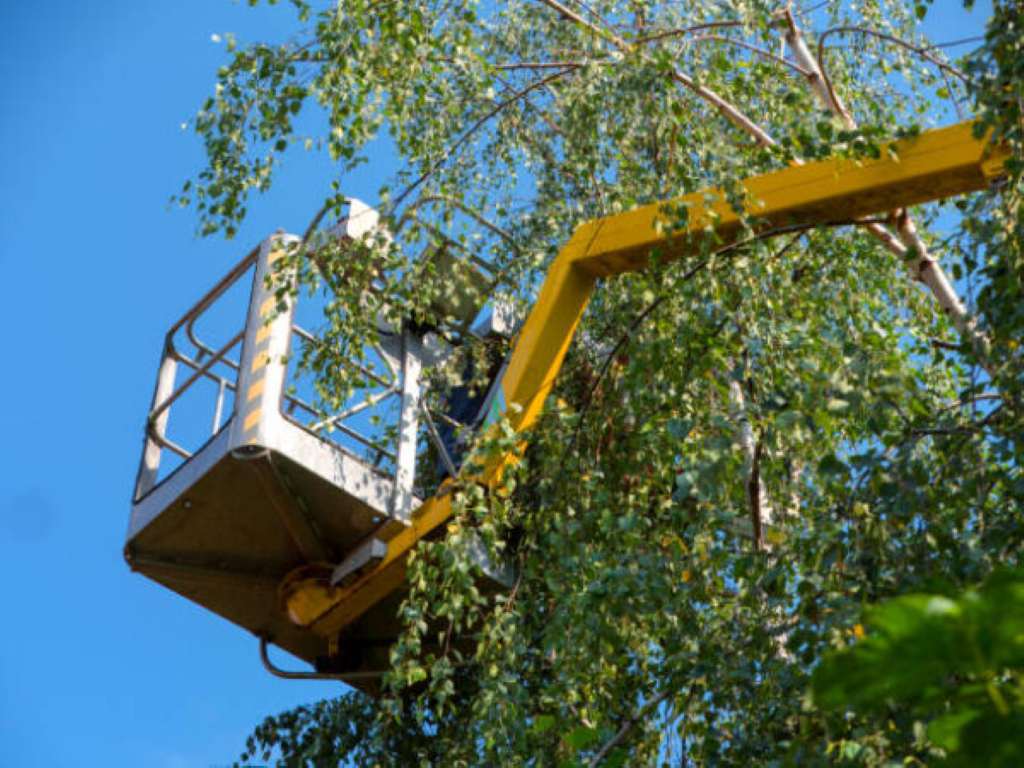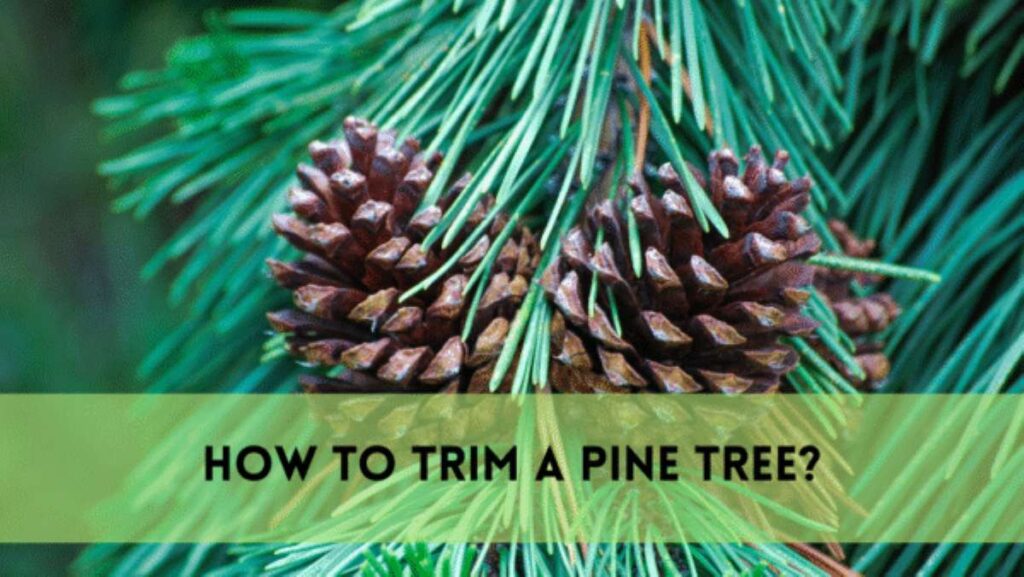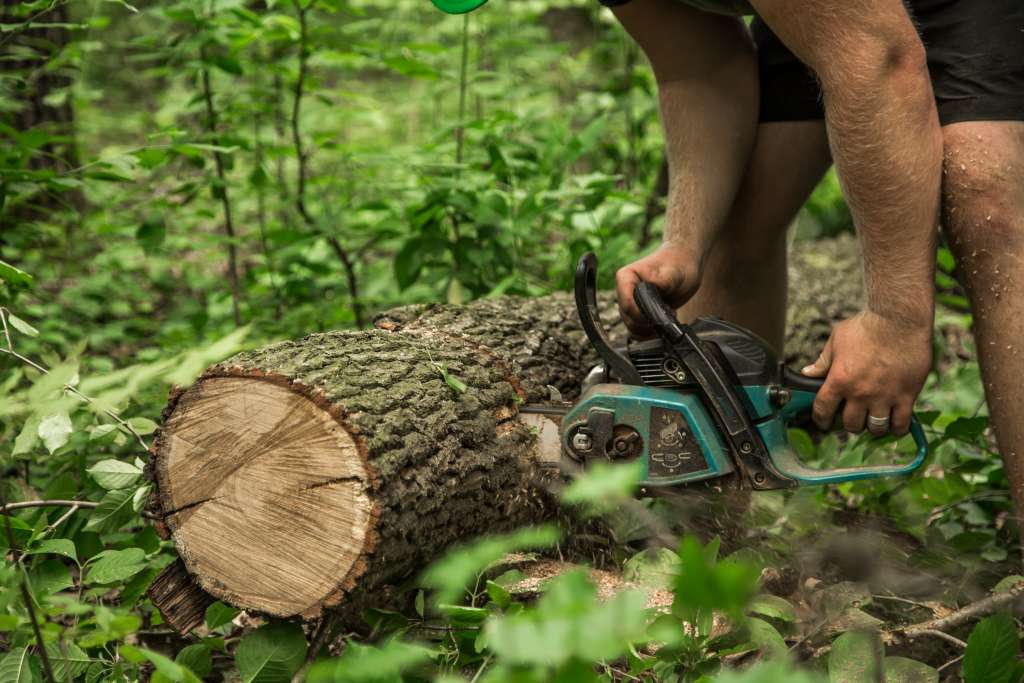Trimming a Palo Verde tree may seem daunting, but with the right skills and knowledge, you can maintain its beauty and health. This guide provides detailed steps and practical tips on how to trim a palo verde tree.
Understanding the Palo Verde Tree
Before trimming, it’s important to recognize what makes the Palo Verde tree unique. Known for its vibrant yellow flowers and green bark, this drought-resistant tree adds elegance to arid landscapes. Its striking shape makes it a favorite among homeowners and gardeners.
Why Should You Trim a Palo Verde Tree?
Regular tree pruning is essential for both health and aesthetics. Proper trimming:
- Encourages new growth
- Maintains a balanced canopy
- Removes dead or damaged branches
- Prevents top-heaviness, reducing the risk of breakage during storms
Essential Tools for Trimming
Gather the right tools before starting:
- Pruning shears for small branches
- Loppers for thicker growth
- Pruning saw for large limbs
- Gloves and safety goggles for protection
Assessing Your Palo Verde Tree
Inspect the tree carefully before trimming. Look for:
- Dead or diseased branches
- Crossing or inward-growing limbs
- Signs of pests or disease
Identifying these issues early ensures a healthier tree post-trimming.
When Is the Best Time to Trim?
The ideal time to trim a Palo Verde tree is during its dormant phase—late winter or early spring. This minimizes stress and promotes faster healing. Avoid pruning during extreme heat or drought, as the tree may struggle to recover.
How to Trim a Palo Verde Tree: Step-by-Step Trimming Process
1. Remove Dead or Diseased Branches
Start by cutting away dead or infected limbs. Make clean cuts at the branch collar (where the branch meets the trunk) to promote healing.
2. Trim Crossing Branches
Branches that rub against each other can cause wounds, making the tree vulnerable to disease. Remove the weaker or less desirable branch to improve structure.
3. Thin the Canopy
Prune some inner branches to improve airflow and sunlight penetration. This prevents overcrowding, reducing the risk of pests and disease.
4. Reduce Height if Necessary
If the tree has grown too tall, shorten it by cutting back to a lateral branch or bud. This encourages outward growth and maintains a manageable size.
5. Step Back and Evaluate
Pause periodically to check the tree’s shape. Ensure a balanced appearance and make adjustments as needed.
Post-Trimming Care
After pruning, help your Palo Verde tree recover by:
- Watering deeply, especially during dry spells
- Applying mulch to retain moisture and prevent weeds
- Monitoring for pests or disease
Conclusion
Trimming a Palo Verde tree enhances its beauty and longevity. By using the right tools, timing, and techniques, you can keep your tree healthy and thriving. Put on your gloves, grab your pruning shears, and give your Palo Verde the care it deserves!
FAQs
How often should I trim my Palo Verde tree?
Once a year, preferably in late winter or early spring when the tree is dormant.
Can I trim my Palo Verde tree in summer?
Avoid summer pruning, especially during extreme heat or drought. Late winter or spring is best.
What tools do I need for trimming?
Pruning shears, loppers, a pruning saw, gloves, and safety goggles.
Does pruning improve tree health?
Yes! Regular pruning removes dead wood, encourages growth, and prevents disease.
By following these guidelines, your Palo Verde tree will remain a stunning and healthy part of your landscape for years to come.





